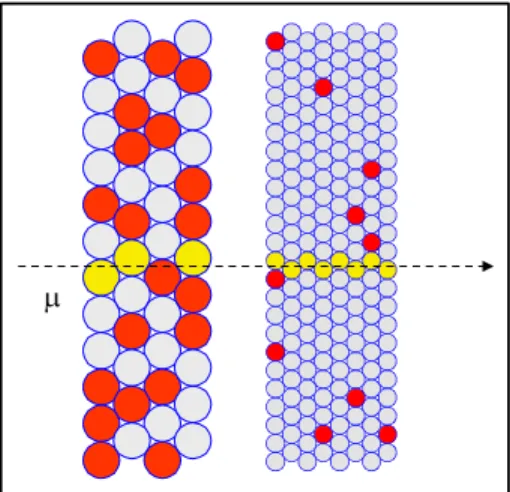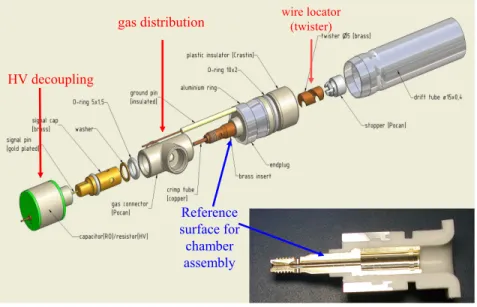Development of Precision Muon Drift Tube Detectors for the High-Luminosity Upgrade of the LHC
Volltext
Abbildung


ÄHNLICHE DOKUMENTE
The forward transmission coefficient normalized to the value before irradiation and evaluated in the fre- quency range of the shaper electronics in ATLAS (4 MHz < f < 10 MHz)
At high counting rates and short electronics dead time used for the sMDTs, signal pulses pile up on the undershoot of preceding background pulses leading to a reduction of the
At high counting rates and short electronics dead time used for the sMDTs, signal pulses pile up on the undershoot of preceding background pulses leading to a reduction of the
Many interesting physics processes with small cross sections have a signature of one (or more) muons above ∼ 20 GeV. The capability to trigger on high-p T tracks was therefore one
Finally, in considering Russia's situation, one important factor should not be overlooked: in the area of the former satellite states of the Soviet Union a latent instability can
The ATLAS pixel detector uses hybrid modules consisting of sensors bump-bonded to the FE-I3 or FE-I4 readout chips.. A schematic for a single pixel is shown in
● Search for neutral MSSM Higgs bosons in the di-tau final state. ● Search for the decay H→hh, A→Zh in multilepton and photon
● Go through all five decay channels and discuss what happened to them since 4 th July 2012. ● Make